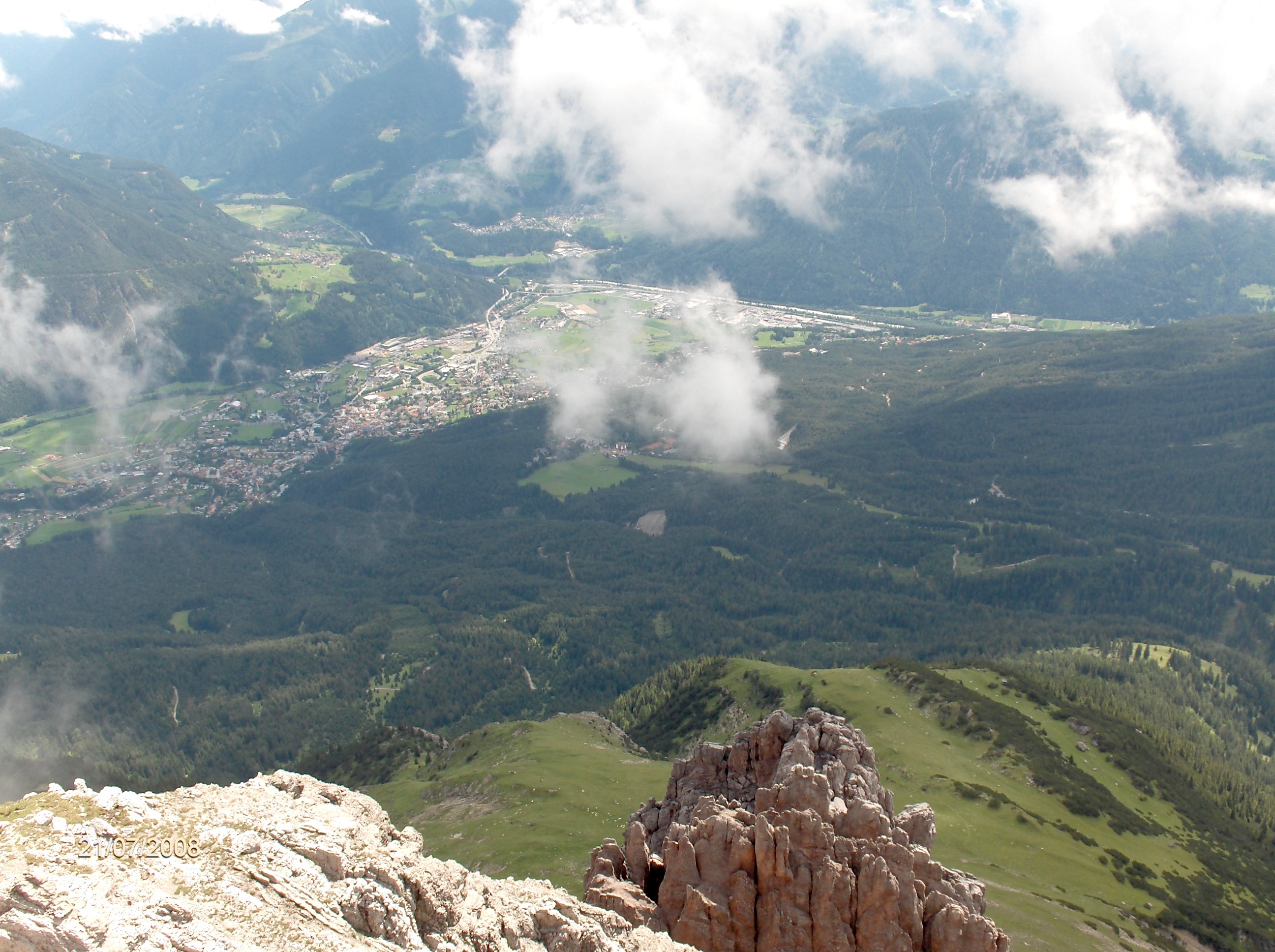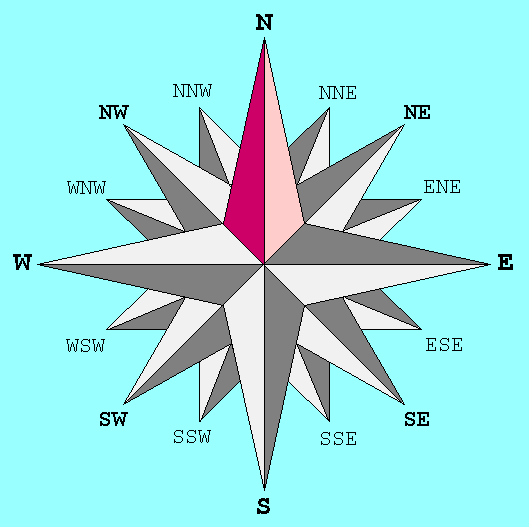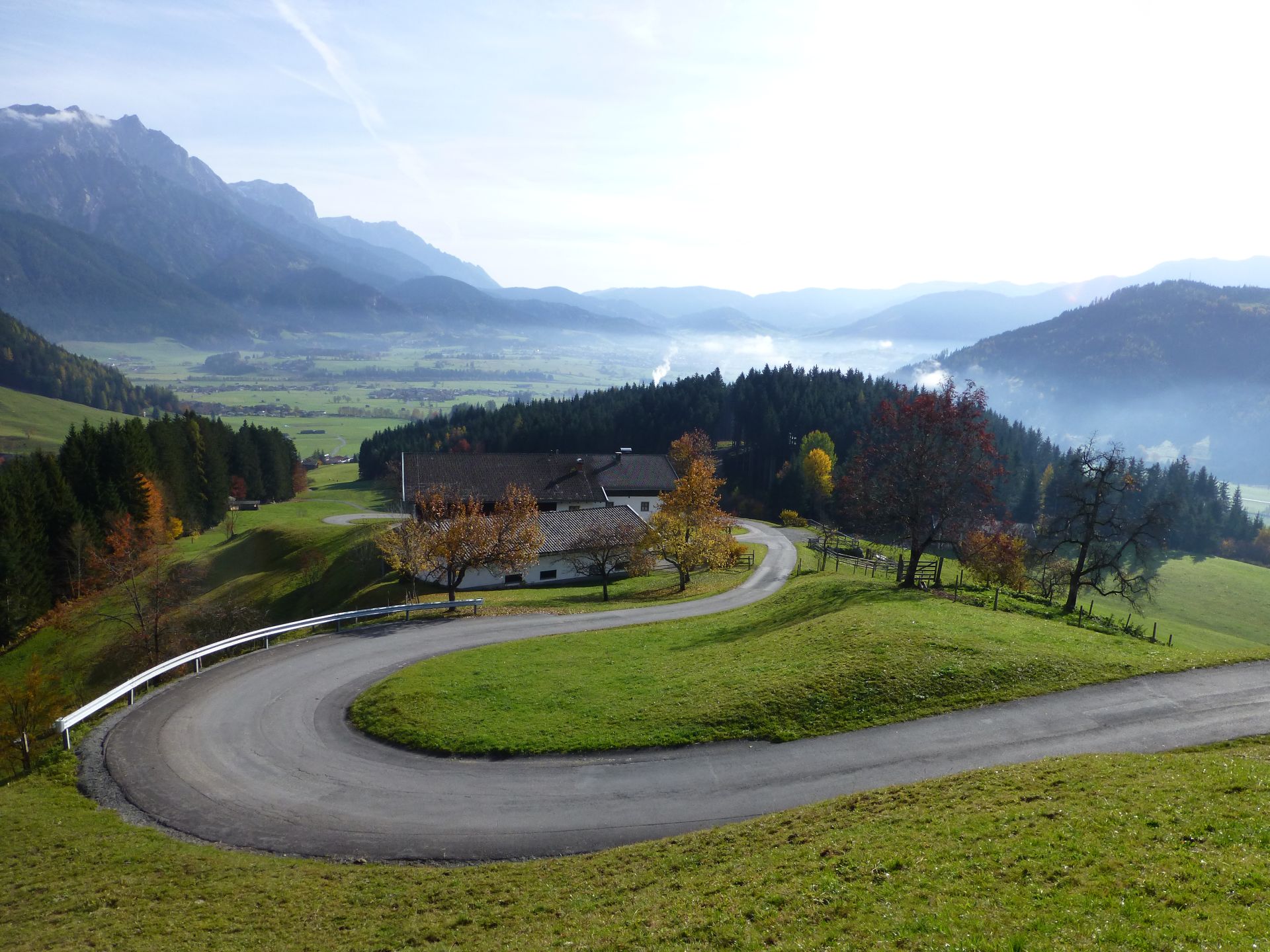|
Kika (retailer)
Kika is an international chain of furniture stores, headquartered in Austria. It has 70 stores, most of them in Europe. History In June 2013, Steinhoff International acquired Kika-Leiner, which operated 73 stores. In June 2018, the Signa Holding, a real estate and retail investor, acquired from Steinhoff International the Kika-Leiner retail outlets, which operated 100 stores and managed 6,500 employees. Kika locations in Austria Kika locations in Austria 2019: * in Burgenland: Eisenstadt, Unterwart * in Carinthia: Klagenfurt * in Lower Austria: Horn, Mistelbach, Stockerau, Sankt Pölten, Wiener Neustadt * in Upper Austria: Ansfelden, Linz, Aurolzmünster / Ried im Innkreis * in Salzburg: Eugendorf, Saalfelden, St Johann im Pongau * in Styria: Feldbach, Graz, Leoben, Liezen * in Tyrol: Lienz (Nussdorf/Debant), Imst, Innsbruck, Wörgl * in Vorarlberg: Dornbirn * in Vienna: Favoriten Favoriten (; Central Bavarian: ''Favoritn''), the 10th distr ... [...More Info...] [...Related Items...] OR: [Wikipedia] [Google] [Baidu] |
Kika Zblízka
KiKA (contraction of ''Der KinderKAnal von ARD und ZDF'' ARD_(broadcaster).html" ;"title="he Children's Channel of ARD (broadcaster)">ARD and ZDF]) is a German free-to-air television channel based in Erfurt, Germany. It is managed by a joint venture by public-service broadcasters ARD and ZDF. Its intended audience is children and the youth, and it is generally watched by children 3 to 13. The channel also repeats shows, such as '' Tabaluga tivi'' from ZDF's main service. Mascot KiKA's mascot is the puppet character Bernd das Brot, a chronically depressed loaf of bread. Announcers The channel uses live continuity announcers. Four of the most popular announcers were Juri Tetzlaff (1997–2010), Karsten Blumenthal (1997–2004), Singa Gätgens (1997–2010), and Lukas Koch (2003-2009). History In the channel’s early years, the program consisted mostly of series and shows that were already being broadcast on ARD and ZDF. Whole programs were being broadcast simultane ... [...More Info...] [...Related Items...] OR: [Wikipedia] [Google] [Baidu] |
Linz
Linz ( , ; cs, Linec) is the capital of Upper Austria and third-largest city in Austria. In the north of the country, it is on the Danube south of the Czech border. In 2018, the population was 204,846. In 2009, it was a European Capital of Culture. Geography Linz is in the centre of Europe, lying on the Paris–Budapest west–east axis and the Malmö–Trieste north–south axis. The Danube is the main tourism and transport connection that runs through the city. Approximately 29.27% of the city's wide area is grassland. A further 17.95% are covered with forest. All the rest areas fall on water (6.39%), traffic areas and land. Districts Since January 2014 the city has been divided into 16 statistical districts: Before 2014 Linz was divided into nine districts and 36 statistical quarters. They were: #Ebelsberg #Innenstadt: Altstadtviertel, Rathausviertel, Kaplanhofviertel, Neustadtviertel, Volksgartenviertel, Römerberg-Margarethen #Kleinmünchen: Kleinmünchen, Neue ... [...More Info...] [...Related Items...] OR: [Wikipedia] [Google] [Baidu] |
Imst
Imst (; Southern Bavarian: ''Imscht'') is a town in the Austrian federal state of Tyrol. It lies on the River Inn in western Tyrol, some west of Innsbruck and at an altitude of above sea level. With a current population (2013) of 9,552, Imst is the administrative centre of Imst District. History Licensed since 1282 to hold a regular market. Until 1918, the town (named earlier also ''JMST'') was part of the Austrian monarchy (Austria side after the compromise of 1867), head of the district of the same name, one of the 21 ''Bezirkshauptmannschaften'' in the Tyrol province. Imst received full town rights in 1898. Schemenlaufen Every four years Imst hosts their Fasnacht, or carnival before Lent. This carnival is listed by UNESCO as one of their Lists of Intangible Cultural Heritage. As part of Schemenlaufen pairs of men wear bells, tuned differently, while performing dances of jumps and bows. They are accompanied by masked characters imitating their dance. Luge track In ... [...More Info...] [...Related Items...] OR: [Wikipedia] [Google] [Baidu] |
Lienz
Lienz (; Southern Bavarian: ''Lianz'') is a Town privileges, medieval town in the Austrian state of Tyrol (state), Tyrol. It is the administrative centre of the Lienz (district), Lienz district, which covers all of East Tyrol. The municipality also includes the Katastralgemeinden, cadastral subdivision of ''Patriasdorf''. Geography Lienz is located at the confluence of the rivers Isel River, Isel and Drava in the Eastern Alps, between the Hohe Tauern mountain range in the north (including the Schober group, Schober and Kreuzeck groups), and the Southern Limestone Alps, Gailtal Alps in the south. It is connected with Winklern in Carinthia (state), Carinthia by the Iselsberg Pass. The neighbouring municipality of Leisach marks the easternmost point of the Puster Valley. By the consistent growth of the city, some smaller villages around – though officially municipalities in their own right – are now widely considered to be suburbs of Lienz. Those suburbs comprise: History The ... [...More Info...] [...Related Items...] OR: [Wikipedia] [Google] [Baidu] |
Tyrol (state)
Tyrol (; german: Tirol ; it, Tirolo) is a States of Austria, state (''Land'') in western Austria. It comprises the Austrian part of the historical County of Tyrol, Princely County of Tyrol. It is a constituent part of the present-day Euroregion Tyrol–South Tyrol–Trentino (together with South Tyrol and Trentino in Italy). The capital of Tyrol is Innsbruck. Geography The state of Tyrol is separated into two parts, divided by a strip. The larger territory is called North Tyrol (''Nordtirol'') and the smaller area is called East Tyrol (''Osttirol''). The neighbouring Austrian state of Salzburg (state), Salzburg stands to the east, while on the south Tyrol has a border with the Italy, Italian province of South Tyrol (Trentino-Alto Adige/Südtirol) which was part of the Austro-Hungarian Empire before the First World War. With a land area of , Tyrol is the third-largest state in Austria. Tyrol shares its borders with the federal state of Salzburg in the east and Vorarlberg in th ... [...More Info...] [...Related Items...] OR: [Wikipedia] [Google] [Baidu] |
Liezen
Liezen (Central Bavarian: ''Liezn'') is a municipality in the Austrian federal state of Styria, district capital of the district of the same name and economic center on the River Enns. Population Politics Since 1995, the left-wing SPÖ party has held an absolute majority in the local council. As of the 2015 local elections, the SPÖ holds 13 out of 25 seats on the council, the ÖVP has 6, the FPÖ has 3, a local party known as Die LIEB has 2, and Die Grünen has 1. Economy A large mechanical engineering plant, ''Maschinenfabrik Liezen und Gießerei'', is located in the east of the town; it was connected to the "Noricum scandal" in the 1980s due to the illegal export of armaments. As of 2012, the company remained a large employer. Popular culture In the adventure novel series by Gérard de Villiers, Schloss Liezen is the home of the principal character Prince Malko Linge Malko (fl. 1540-1560) is the earliest king of Garo who is more than just a name in the traditions of the ... [...More Info...] [...Related Items...] OR: [Wikipedia] [Google] [Baidu] |
Leoben
Leoben () is a Styrian city in central Austria, located on the Mur river. With a population of about 25,000 it is a local industrial centre and hosts the University of Leoben, which specialises in mining. The Peace of Leoben, an armistice between Austria and France preliminary to the Treaty of Campo Formio, was signed in Leoben in 1797. The Justice Centre Leoben is a prison designed by architect Josef Hohensinn, which was completed in 2005. Name Leoben was attested in historical sources as ''Liupina'' in AD 904. The name is of Slavic origin, meaning 'beloved', and is derived from the root ''ljub-'' 'love'. Past and present Leoben is known as the “Gateway to the Styrian Iron Road”. The 13th-century Main Square features the Hackl House with its baroque façade in red and white. The City Parish Church, St. Francis Xavier, built in 1660, comprises a 17th-century interior and is considered one of the most significant Jesuit churches in Austria. Also of note is the Art Nouv ... [...More Info...] [...Related Items...] OR: [Wikipedia] [Google] [Baidu] |
Graz
Graz (; sl, Gradec) is the capital city of the Austrian state of Styria and second-largest city in Austria after Vienna. As of 1 January 2021, it had a population of 331,562 (294,236 of whom had principal-residence status). In 2018, the population of the Graz larger urban zone (LUZ) stood at 652,654, based on principal-residence status. Graz is known as a college and university city, with four colleges and four universities. Combined, the city is home to more than 60,000 students. Its historic centre ('' Altstadt'') is one of the best-preserved city centres in Central Europe. In 1999, the city's historic centre was added to the UNESCO list of World Heritage Sites and in 2010 the designation was expanded to include Eggenberg Palace (german: Schloss Eggenberg) on the western edge of the city. Graz was designated the Cultural Capital of Europe in 2003 and became a City of Culinary Delights in 2008. Etymology The name of the city, Graz, formerly spelled Gratz, most likely stems ... [...More Info...] [...Related Items...] OR: [Wikipedia] [Google] [Baidu] |
Feldbach, Styria
Feldbach (; sl, Vrbna) is a town in the southeast of the Austrian state of Styria, near the Slovenian and Hungarian border. It is located in the valley around the river Raab. History Findings from the Neolithic period prove the early existence of a settlement in the area where Feldbach is now located. The name "Feldbach" was first mentioned in 1188 as "Velwinbach". A parish exists since 1232. In 1469, Feldbach was devastated by rebellious troops. This is probably the reason why the , a medieval fortress, was built. In the 15th century, Feldbach was the setting of many conflicts between rival aristocratic families which caused destruction and pillages in the town. Finally, after the Hajduks (which accompanied the attacking Ottoman Turks) destroyed the whole town, except the Tabor hill, a closed fortification with several gates was built. Feldbach experienced a major economic upswing after the Hungarian Western railroad was opened in 1873. At the same time the nearby spa Bad G ... [...More Info...] [...Related Items...] OR: [Wikipedia] [Google] [Baidu] |
Styria
Styria (german: Steiermark ; Serbo-Croatian and sl, ; hu, Stájerország) is a state (''Bundesland'') in the southeast of Austria. With an area of , Styria is the second largest state of Austria, after Lower Austria. Styria is bordered to the south by Slovenia, and clockwise, from the southwest, by the Austrian states of Carinthia, Salzburg, Upper Austria, Lower Austria, and Burgenland. The state capital is Graz. Etymology The March of Styria derived its name from the original seat of its ruling Otakar dynasty: Steyr, in today's Upper Austria. In German, the area is still called "Steiermark" while in English the Latin name "Styria" is used. The ancient link between Steyr and Styria is also apparent in their nearly identical coats of arms, a white Panther on a green background. Geography * The term "Upper Styria" (german: Obersteiermark) refers to the northern and northwestern parts of the federal-state (districts Liezen, Murau, Murtal, Leoben, Bruck-Mürzzuschlag). * ... [...More Info...] [...Related Items...] OR: [Wikipedia] [Google] [Baidu] |
St Johann Im Pongau
St. Johann im Pongau (''Saiga Håns'' or ''Sainig Håns'' in the local Pongau dialect, abbreviated St.Johann/Pg.) is a small city in the state of Salzburg in Austria. It is the administrative centre of the St. Johann im Pongau District. Geography The city is located in the Salzach Valley of the Eastern Alps, between the Salzburg Slate Alps in the north, the Radstadt Tauern (part of the Niedere Tauern range) in the southeast and the Ankogel Group (Hohe Tauern) in the southwest. The city lies in the centre of the Salzburg Pongau region. The municipal area comprises the cadastral communities of Ginau, Hallmoos, Maschl, Einöden, Plankenau, Reinbach, Rettenstein, St. Johann, and Urreiting. Due to its picturesque setting, the area largely depends on tourism, Alpine skiing in winter and hiking in the summer months. A dramatic gorge called Liechtensteinklamm lies south of the city. This gorge is about long and can be explored via walkways first built by Prince Johann II of Liec ... [...More Info...] [...Related Items...] OR: [Wikipedia] [Google] [Baidu] |
Saalfelden
Saalfelden am Steinernen Meer is a town in the district of Zell am See District, Zell am See in the Austrian state of Salzburg (state), Salzburg. With approximately 16,000 inhabitants, Saalfelden is the district's largest town and Salzburg (state)#Major cities and towns, the third of the federal state after Salzburg and Hallein. Geography Although the Saalfelden area has always been the most populous of the historic Zell am See District, Pinzgau region, the seat of the district administration is situated in the neighbouring town of Zell am See. Saalfelden Basin Saalfelden am Steinernen Meer lies at above sea level and its municipal area covers . The largest proportion of the municipality is formed by the Saalfelden Structural basin, Basin (''Saalfeldner Becken'') situated between the Northern Limestone Alps ranges of: * the Steinernes Meer high plateau to the north, forming the border with Germany * the Leogang Mountains and the Biberg to the west * the Hochkönig (mountain), Ho ... [...More Info...] [...Related Items...] OR: [Wikipedia] [Google] [Baidu] |





